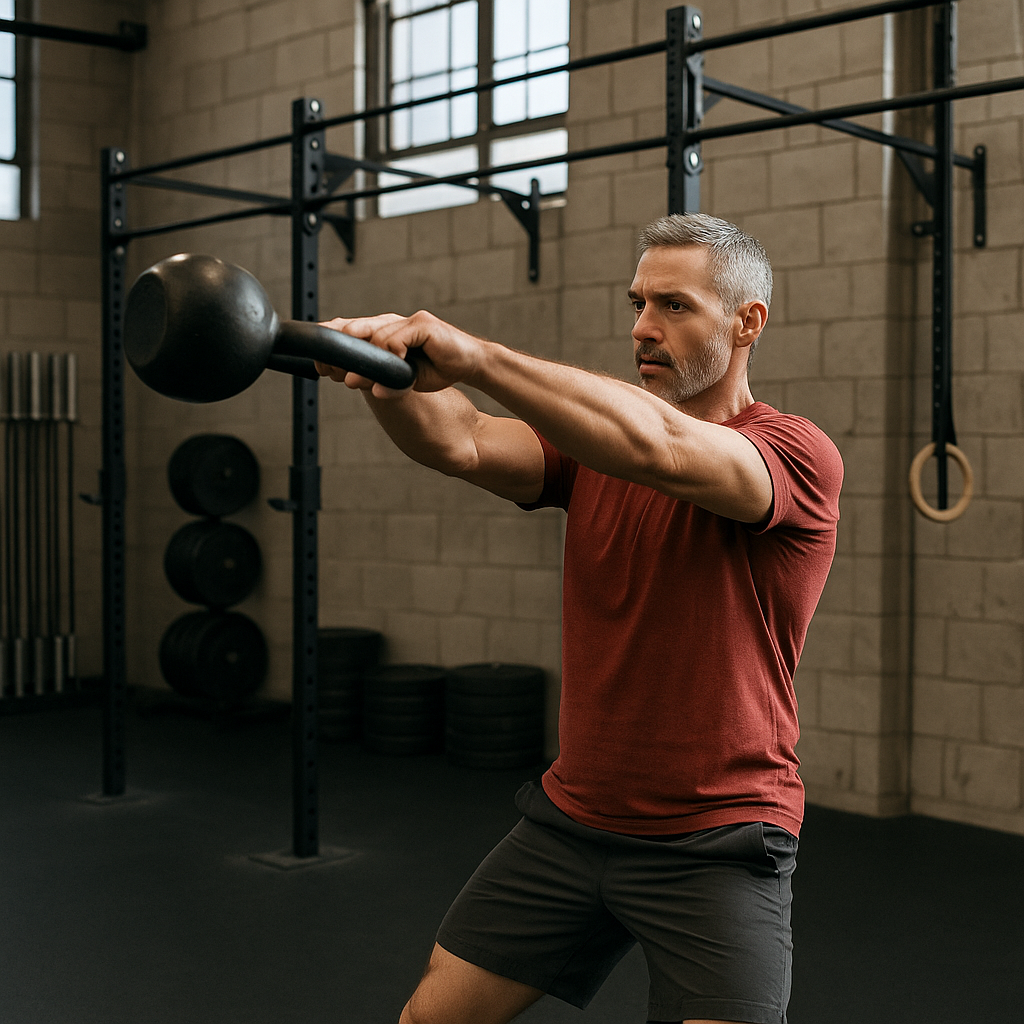Training for Longevity: How Function Builds Resilience


Functional fitness trains movement patterns you use every day—squatting, hinging, pressing, pulling, and carrying.
Unlike machine-based isolation exercises, functional training develops your body’s ability to perform real-world tasks with confidence, coordination, and power.
It’s about creating strength that lasts—not just muscle that looks good.
Functional fitness focuses on movement quality, not just muscle isolation.
It improves your ability to perform everyday activities efficiently and safely by training the body as an integrated system.
Examples of functional movements include:
Every movement builds coordination, balance, and resilience—the foundation of lifelong strength.
Two of the strongest predictors of a long, healthy life are:
Functional fitness combines both, improving strength, endurance, balance, and mobility in the same training program.
Key benefits include:
Longevity isn’t just about adding years—it’s about improving the quality of the years you have.
Research consistently shows that people with higher aerobic capacity and muscular strength have lower risks of chronic disease and maintain greater independence as they age.
Functional training ensures those gains translate beyond the gym—helping you move better, live actively, and maintain confidence in every phase of life.
It’s training for what actually matters: the ability to keep doing the things you love for decades.
Improvement in these areas reflects functional strength—the kind that enhances real life.
Warm-Up: 5 minutes of light cardio followed by dynamic mobility drills
Strength: 3 sets of 8 front squats
Conditioning: 10-minute AMRAP – 10 kettlebell swings, 200m row, 10 push-ups
Cool-Down: Static stretching for hamstrings, quads, and shoulders
Consistency with simple, smart training like this builds long-term durability and movement confidence.
Functional fitness for longevity isn’t about chasing exhaustion—it’s about cultivating capacity.
By training movement patterns instead of muscles, you build the strength, stability, and endurance to live fully, perform better, and age with resilience.
Train now for the life you want later.